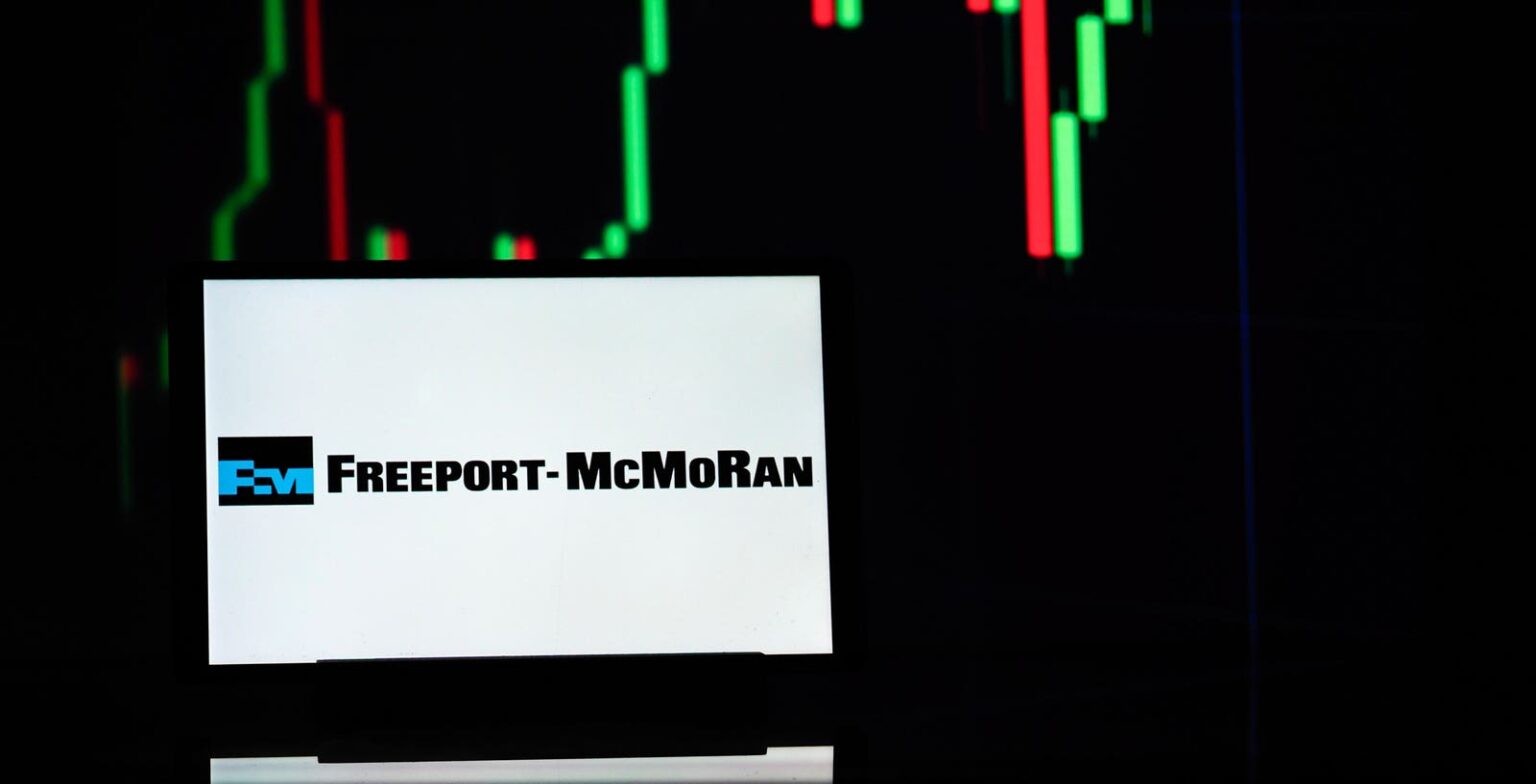Freeport-McMoRan stock appears to be fairly valued, making it a neutral choice for investors at its current trading price of around $33. There are a few notable concerns surrounding FCX stock that justify this valuation, even though it may seem attractively priced.
Our stance is based on a comparative analysis of FCX’s current valuation relative to its historical and recent financial performance. When examining Freeport-McMoRan using the key metrics of Growth, Profitability, Financial Stability, and Downturn Resilience, the company reveals a weak profile overall. For investors seeking growth with less volatility than individual stocks, the Trefis High-Quality portfolio may offer a better alternative, as it has outperformed the S&P 500, delivering over 91% returns since its inception.
How Does Freeport-McMoRan’s Valuation Compare to the S&P 500?
When measured by sales or profit multiples, FCX stock appears somewhat undervalued relative to the broader market.
• Freeport-McMoRan has a price-to-sales (P/S) ratio of 1.9 versus 2.8 for the S&P 500.
What Has Revenue Growth Looked Like for Freeport-McMoRan?
Freeport-McMoRan’s Revenues have seen modest growth over recent years.
• The company’s top line has grown at an average annual rate of 3.8% over the last three years (compared to 6.2% for the S&P 500)
• Revenues have increased by 11.4% from $23 billion to $25 billion over the past 12 months (versus 5.3% growth for the S&P 500)
• However, quarterly revenues declined by 3.1% to $5.7 billion in the latest quarter, down from $5.9 billion a year earlier (while the S&P 500 grew by 4.9%)
How Does Freeport-McMoRan Score on Profitability?
The company’s margins are approximately average relative to its peers in the Trefis coverage universe.
• Freeport-McMoRan’s Operating Income over the past four quarters stood at $6.9 billion, resulting in a robust Operating Margin of 27.0% (compared to 13.1% for the S&P 500)
Is Freeport-McMoRan Financially Healthy?
The company’s balance sheet appears to be in moderate shape.
• As of the most recent quarter, Freeport-McMoRan reported $9.7 billion in debt against a market cap of $48 billion (as of 4/16/2025), reflecting a moderate Debt-to-Equity Ratio of 20.2% (versus 21.5% for the S&P 500). [Note: A lower ratio is typically better]
• The company’s cash and equivalents total $3.9 billion, out of $55 billion in total assets, resulting in a moderate Cash-to-Assets Ratio of 7.2% (versus 15.0% for the S&P 500)
How Does FCX Stock Perform in Market Downturns?
FCX stock has underperformed the S&P 500 during some recent market downturns. Concerned about potential market crashes and their impact on FCX? See our dashboard How Low Can Stocks Go During A Market Crash, which tracks stock behavior during the past six market crashes.
Inflation Shock (2022)
• FCX dropped 51.7% from a peak of $51.93 on March 25, 2022, to $25.09 on July 14, 2022, compared to a 25.4% drop in the S&P 500
• It fully recovered to its pre-crisis peak by April 29, 2024
• The stock then rose to a high of $54.86 on May 20, 2024, and currently trades at approximately $33
Covid Pandemic (2020)
• FCX declined 60.8% from $13.53 on January 13, 2020, to $5.31 on March 18, 2020, versus a 33.9% drop in the S&P 500
• It fully recovered to pre-pandemic levels by July 15, 2020
Global Financial Crisis (2008)
• FCX plunged 86.7% from $62.93 on May 20, 2008, to $8.40 on December 5, 2008, compared to a 56.8% drop in the S&P 500
• The stock has not yet returned to its pre-crisis peak
Bottom Line: What Does This Mean for FCX Stock?
Here’s a summary of how Freeport-McMoRan performs across key metrics:
• Growth: Neutral
• Profitability: Neutral
• Financial Stability: Neutral
• Downturn Resilience: Very Weak
• Overall Assessment: Neutral
These factors support our view that FCX stock is fairly priced, making it a neutral investment at the current time.
If you’re looking for higher potential returns, consider the Trefis Reinforced Value Portfolio, which has outperformed its all-cap benchmark index—a mix of the S&P 500, S&P MidCap, and Russell 2000—by capitalizing on bullish markets while cushioning downturns. Learn more in our RV Portfolio performance metrics.
Invest with Trefis
Market Beating Portfolios | Rules-Based Wealth
Read the full article here


